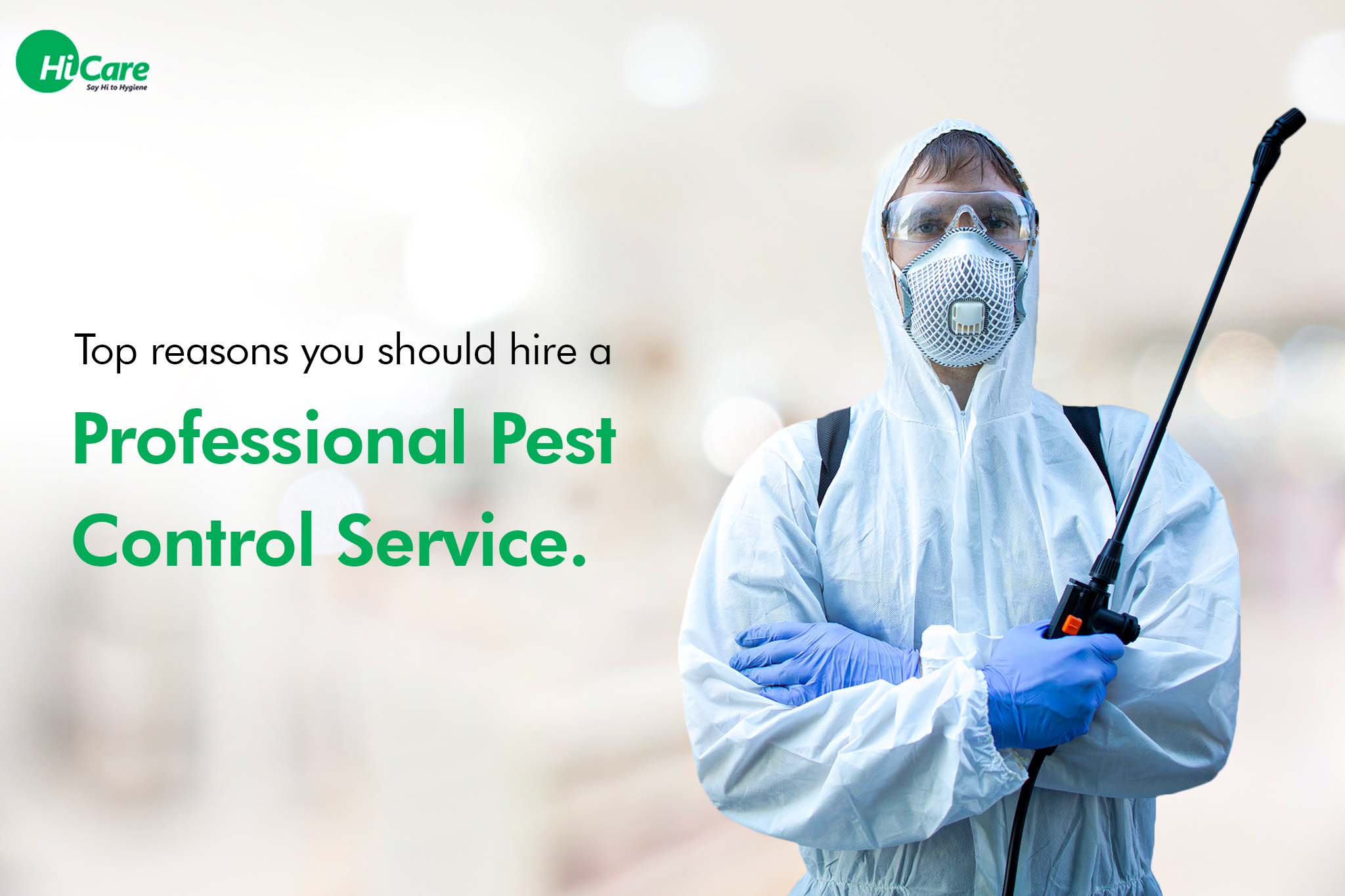A1 Charlotte Pest Control Companies - Your Neighborhood Pest Professionals
Bed Bug Treatment Malfunction: Contrasting Chemical Vs. Non-Chemical Solutions
In the realm of parasite control, especially when dealing with the consistent issue of bed pests, the choice in between chemical and non-chemical therapy solutions can be a crucial one. Both methods use distinct advantages and downsides, influencing factors such as efficiency, safety and security factors to consider, and total cost. By examining the nuanced information of each approach, a more clear understanding of which course to pursue in addressing a bed pest problem can be acquired.
Performance of Chemical Therapies
Chemical therapies for bed insect infestations have actually been commonly acknowledged for their potent and quick efficacy in getting rid of these pests. When considering the efficiency of chemical therapies, it is crucial to comprehend that they can provide a fast and thorough option to a bed insect trouble. Specialist pest control specialists typically count on pesticides to target bed insects at different stages of their life cycle, including eggs, grownups, and fairies. These chemicals commonly function by interfering with the bed insects' nervous system, leading to paralysis and ultimate death.
Additionally, chemical therapies have the benefit of offering recurring effects, meaning that they can proceed to remove bed bugs even after the initial application. This residual action is especially valuable in combating any type of possible re-infestations. Furthermore, the quick activity of chemical therapies can bring alleviation to individuals encountering severe bed pest infestations, enabling them to gain back control of their space rapidly.
Security Interest In Chemical Solutions
One essential aspect that requires mindful factor to consider when using chemical services for bed pest treatment is guaranteeing the safety of owners and the atmosphere. Direct exposure to specific chemicals used in bed pest therapies can lead to breathing issues, skin irritation, or various other damaging responses, especially in people with pre-existing conditions or level of sensitivities.
Furthermore, the ecological effect of chemical services is an additional considerable consideration. Some chemicals made use of in bed insect therapies may be damaging to advantageous pests, wild animals, and communities if they seep right into the dirt or water systems. It is vital to make use of chemical treatments carefully, following security guidelines, and taking into consideration less hazardous choices to reduce these threats and ensure the efficient and secure administration of bed pest infestations.
Advantages of Non-Chemical Methods
Considering the potential safety and security worries and ecological effect connected with chemical remedies for bed insect therapy, discovering non-chemical approaches provides an encouraging option with numerous distinct advantages. Non-chemical techniques use a safer option for families, particularly those with youngsters, pet dogs, or people conscious rough chemicals. These approaches eliminate the risks of direct exposure to poisonous materials, lowering the possibility for negative health and wellness impacts. Moreover, non-chemical treatments are ecologically friendly, as they do not add to air or water pollution, making them a lasting selection for parasite control.
In addition, non-chemical services can be efficient in targeting bed pests, including hard-to-reach locations where chemical therapies might not permeate - A1 exterminator charlotte nc. Methods such as warm therapy, vacuuming, steam cleaning, and cushion encasements give complete removal without the usage of unsafe chemicals.
Limitations of Non-Chemical Treatments

Furthermore, non-chemical therapies often call for several applications to achieve effective elimination. This can be lengthy and might not constantly guarantee complete removal of all bed pests and their eggs, especially in hard-to-reach or hidden locations.
In addition, the success of non-chemical therapies heavily relies on proper application and thoroughness, which can be challenging for people without professional competence. Poor application of non-chemical methods may lead to insufficient obliteration, leading to consistent invasions and the demand for additional treatments.
As a result, while non-chemical therapies have their advantages, it is vital to recognize these limitations and consider them when figuring out one of the most reliable method for handling bed pest problems.
Cost Contrast: Chemical Vs. Non-Chemical Options
Offered the constraints connected with non-chemical treatments, a vital element to review in the context of bed pest management is the cost comparison between chemical and non-chemical options. Chemical treatments normally entail the application of insecticides by see post experts, which can range from $250 to $900 per space, relying on the severity of the invasion and the dimension of the area to be treated. In comparison, non-chemical treatments like heat therapy or heavy steam can be more expensive, with costs varying from $1,000 get rid of cockroaches to $6,000 for an entire home. While the initial price of chemical treatments might appear lower, numerous treatments might be needed to completely eradicate the invasion, potentially enhancing the general price. On the various other hand, non-chemical options might offer an extra environmentally friendly and lasting service, although they can be cost-prohibitive for some people. Inevitably, when taking into consideration the price of bed bug therapy options, it is essential to consider the upfront expenditures against the effectiveness and lasting sustainability of the chosen approach.
Verdict

Considering the prospective safety and security worries and ecological impact connected with chemical solutions for bed pest treatment, discovering non-chemical techniques presents an encouraging choice with a number of unique benefits.Offered the restrictions connected with non-chemical treatments, a vital facet to evaluate in the context of bed insect management is the price comparison in between chemical and non-chemical options. In contrast, non-chemical treatments like warm therapy or steam can be a lot more pricey, with expenses varying from $1,000 to $6,000 for a whole home. While the initial price of chemical treatments might seem reduced, several treatments might be needed to completely remove the problem, possibly raising the overall cost.In conclusion, when comparing chemical and non-chemical bed insect therapy alternatives, it is crucial to think about performance, safety and security, benefits, limitations, and expense.